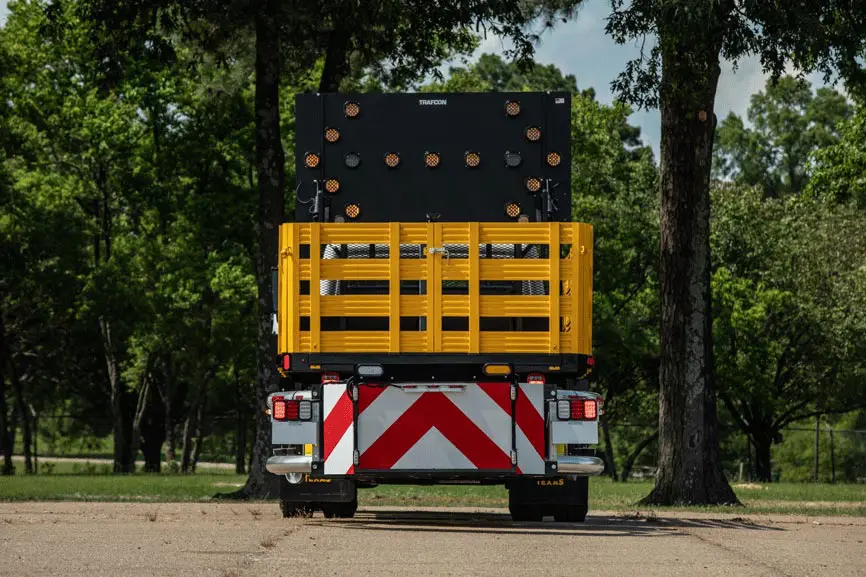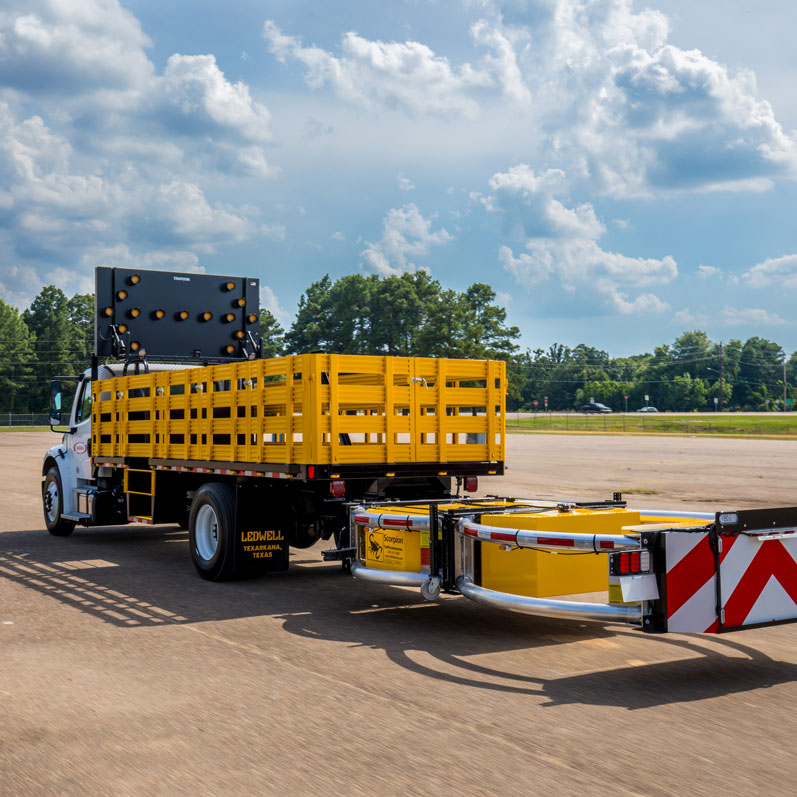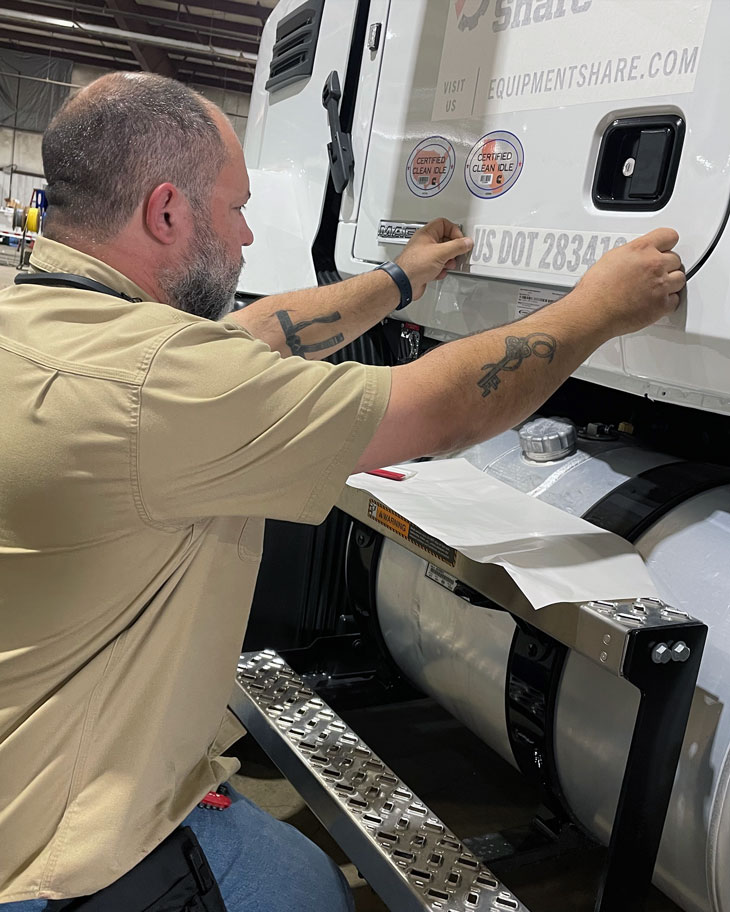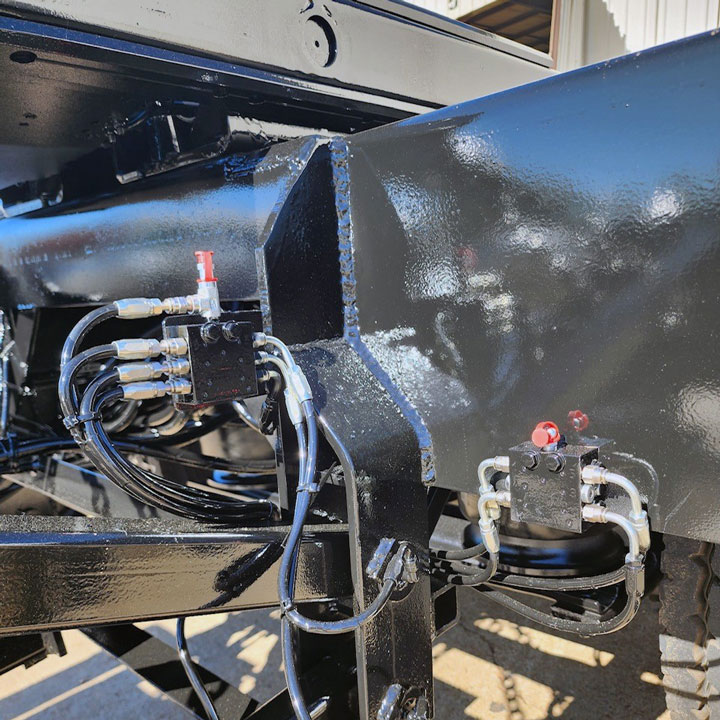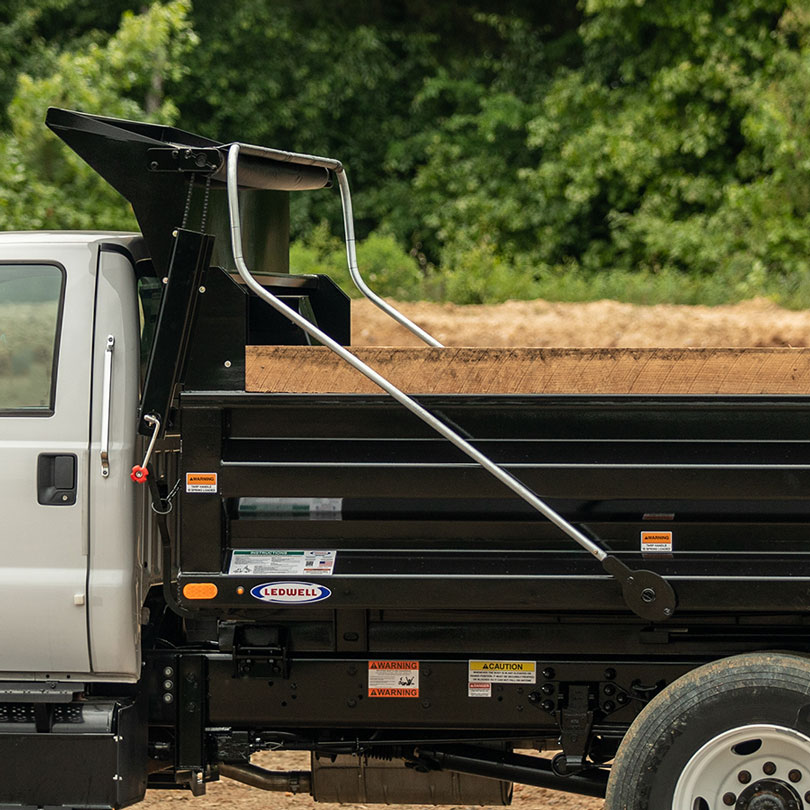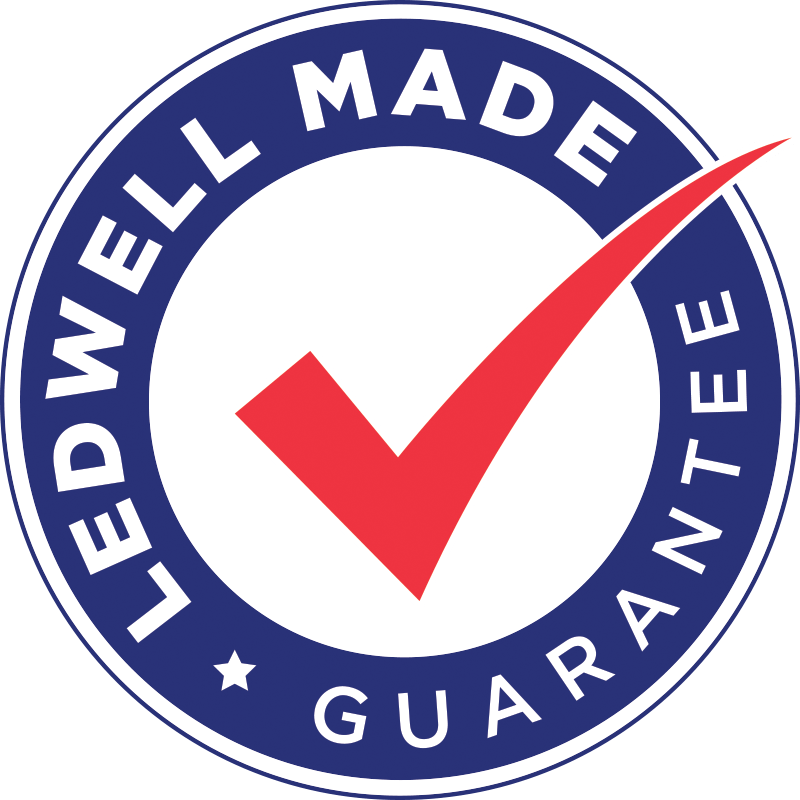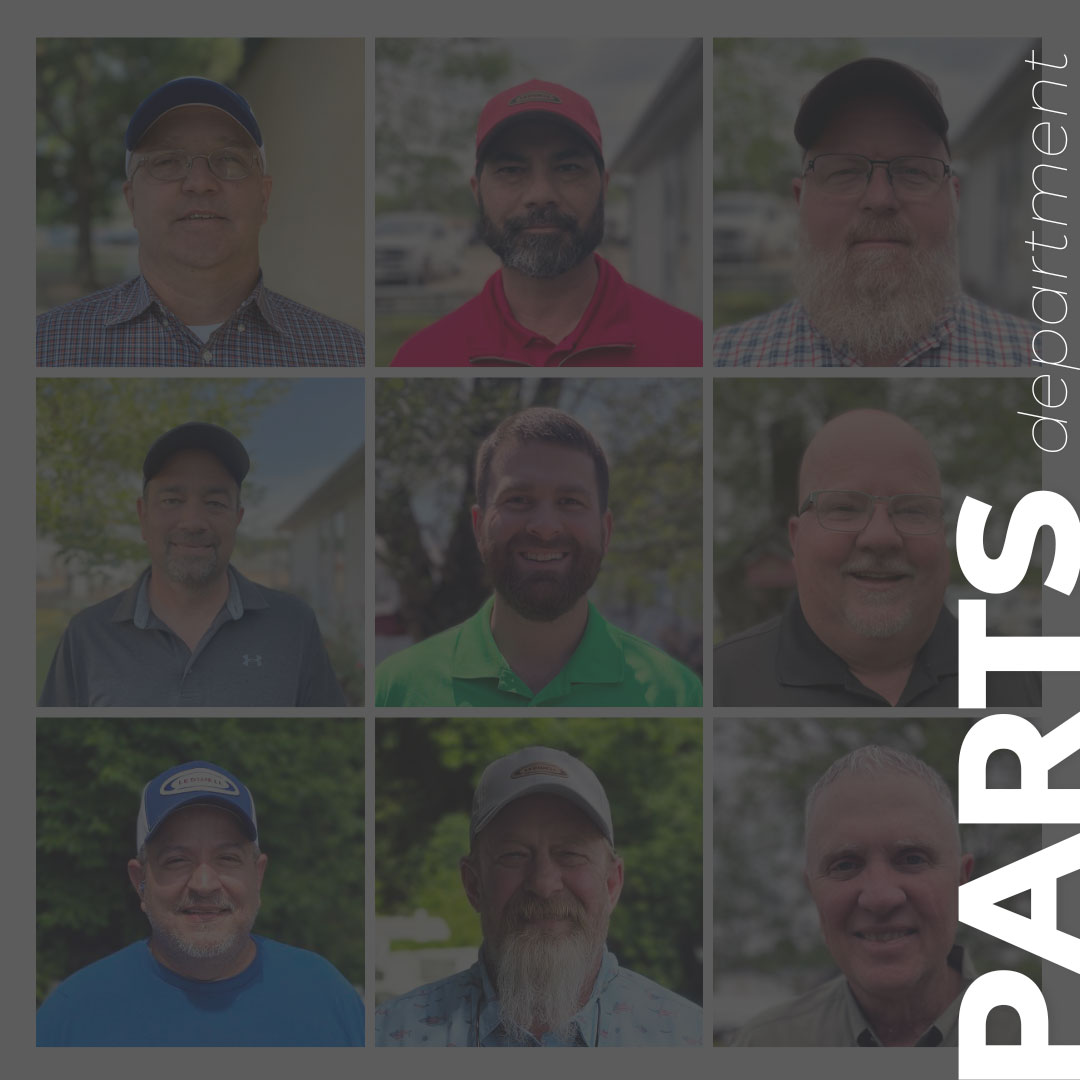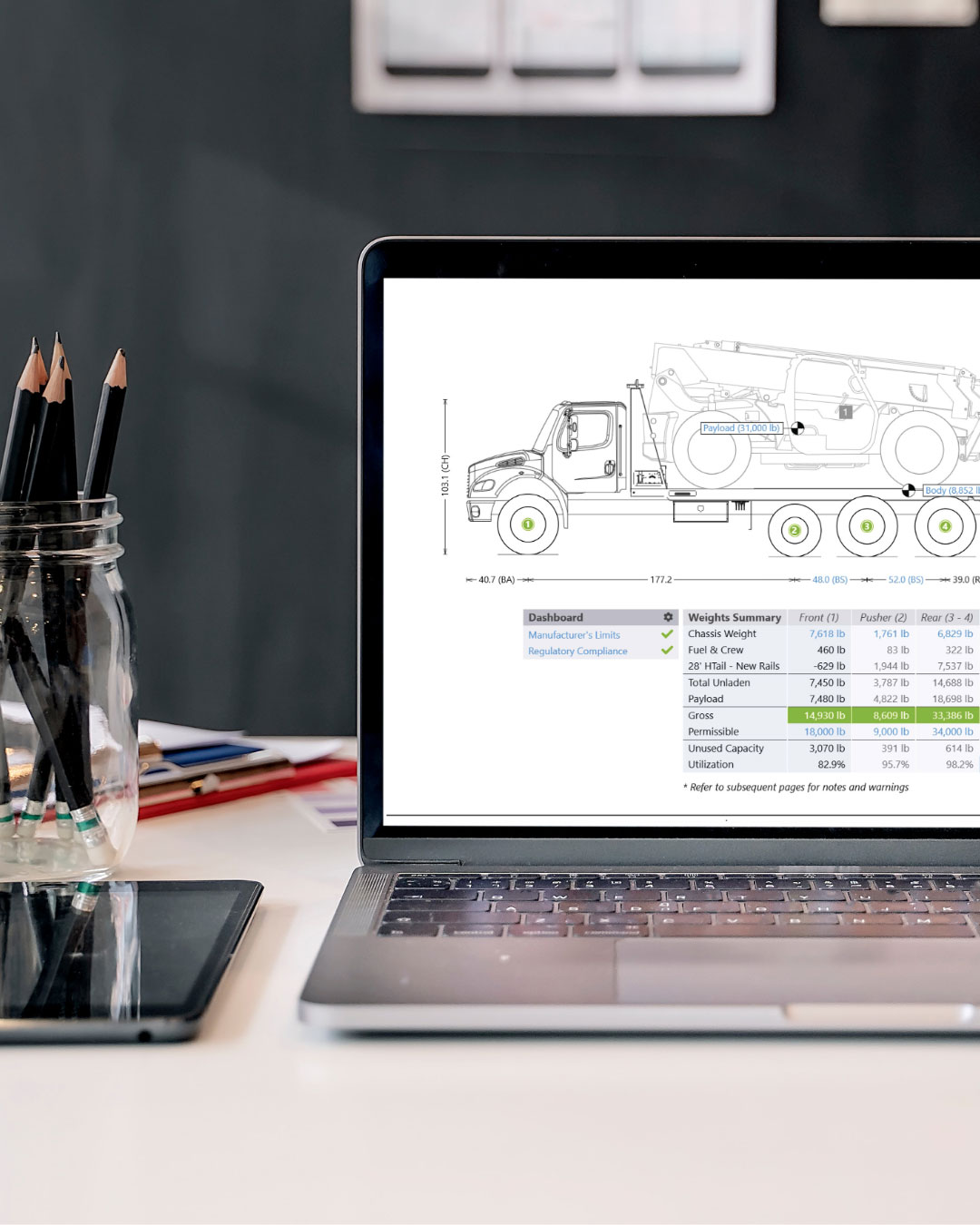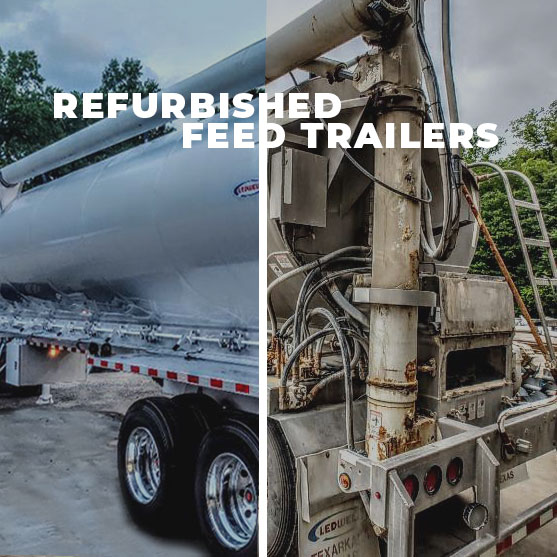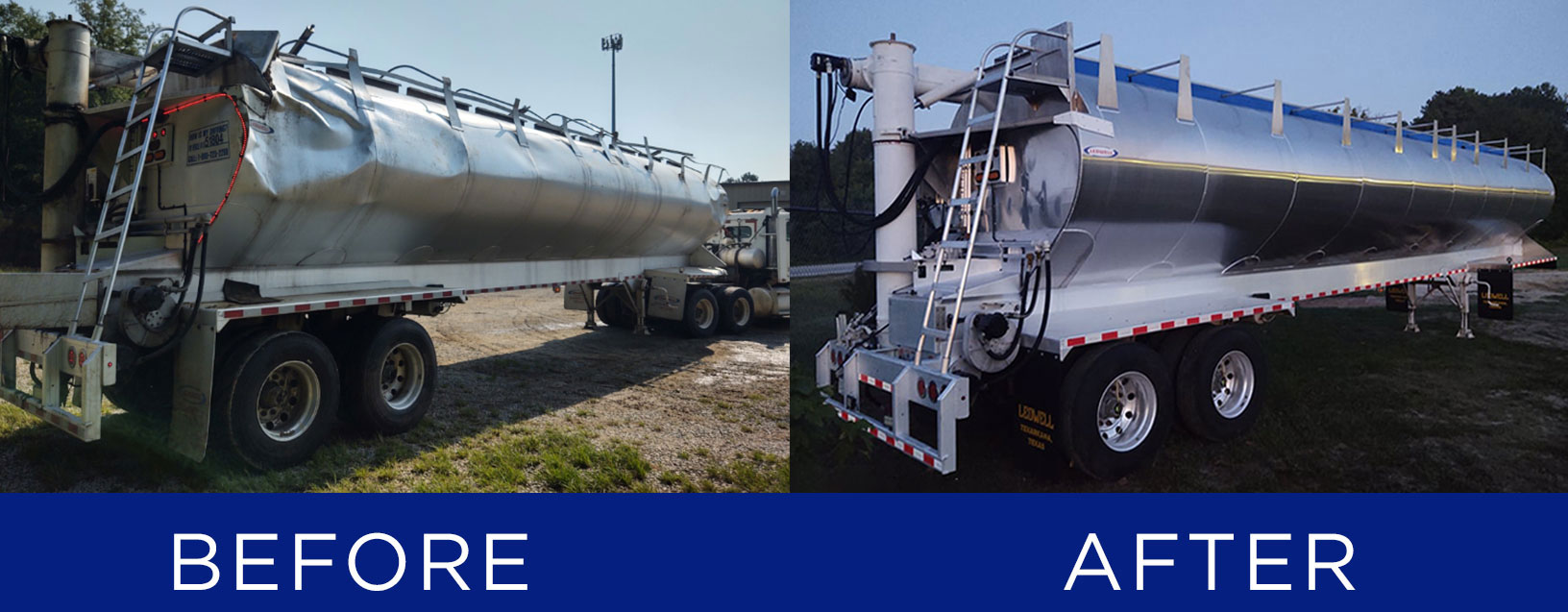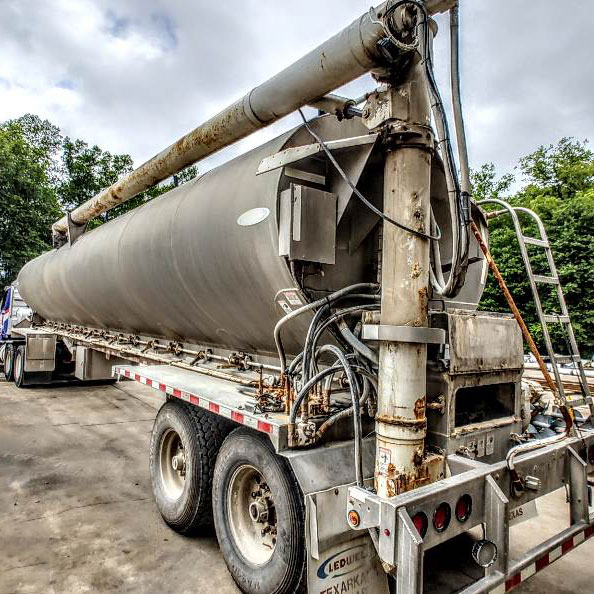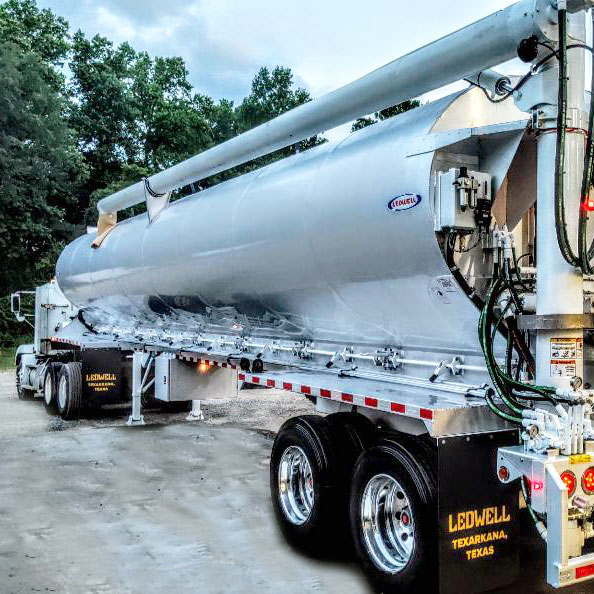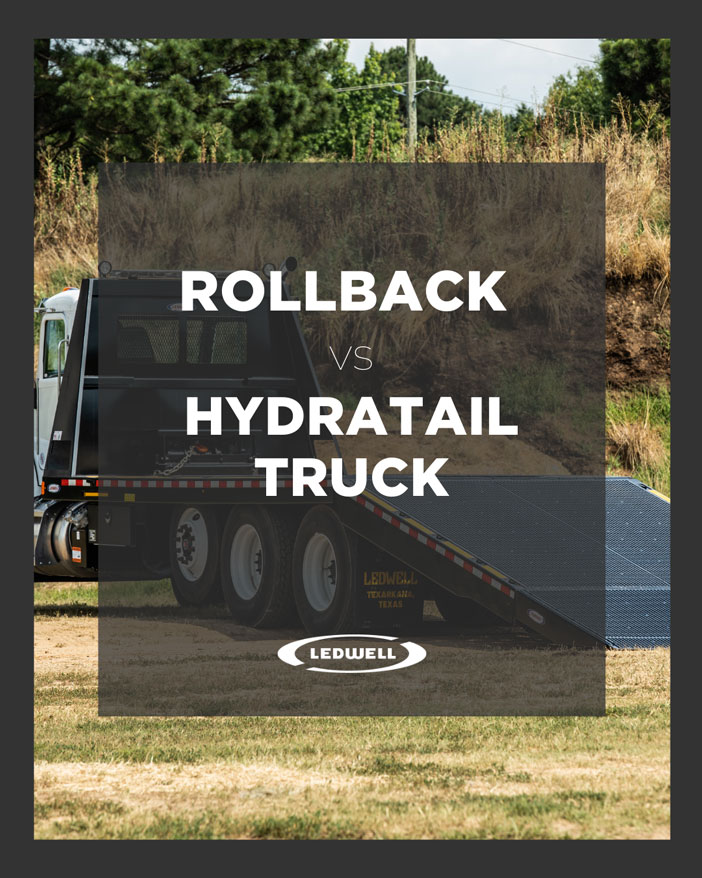
Trying to decide on the best hydraulic dovetail truck?
There’s a reason that Rollback Trucks and HydraTail Trucks are trusted across job sites. These trucks are built to handle a wide range of hauling needs. When you’re looking for the right hydraulic dovetail truck, there are a few things to keep in mind.
Start with your needs. Do you need more clearance or stronger bed support? Do you need extra flexibility in how you load? Make a list of what matters most and go over it with your manufacturer before you buy.
Rollback and HydraTail Trucks both haul multiple pieces of equipment with ease. Both come equipped with a heavy-duty 20,000-pound planetary winch and full wireless controls. They provide a stable, flat surface for hauling and each one is built to take on tough jobs. But depending on your work, one may fit better than the other.
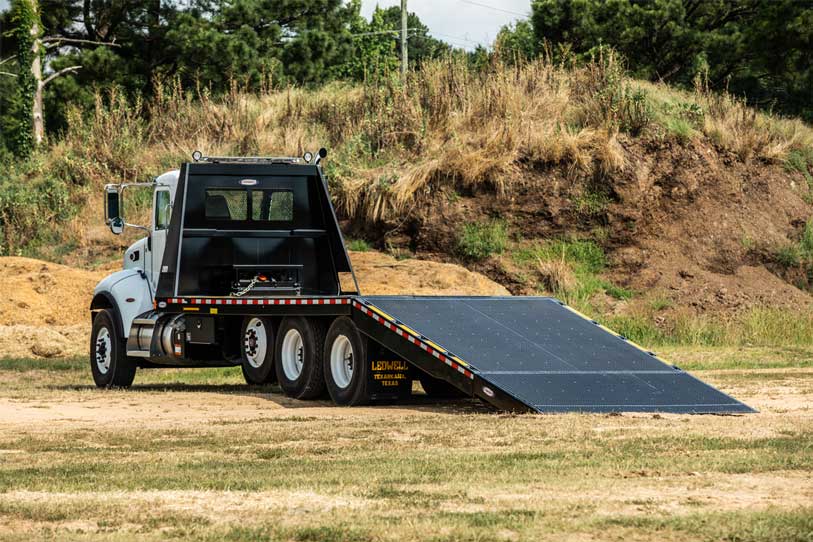
Height
The HydraTail bed sits about five and a half inches lower than a standard Rollback. That extra room can make a big difference when hauling tall equipment or when you need to stay under clearance limits, like underpasses or bridges. For many construction and equipment rental companies, that height difference matters.
Operation
A HydraTail uses a folding tail to load moveable equipment onto the bed. You can winch it up easily. The Rollback, on the other hand, tilts the entire bed, which gives you a great load angle. That means you can guide equipment into position smoothly using the winch. Both styles work well—just depends on the type of equipment and job site you’re working with.
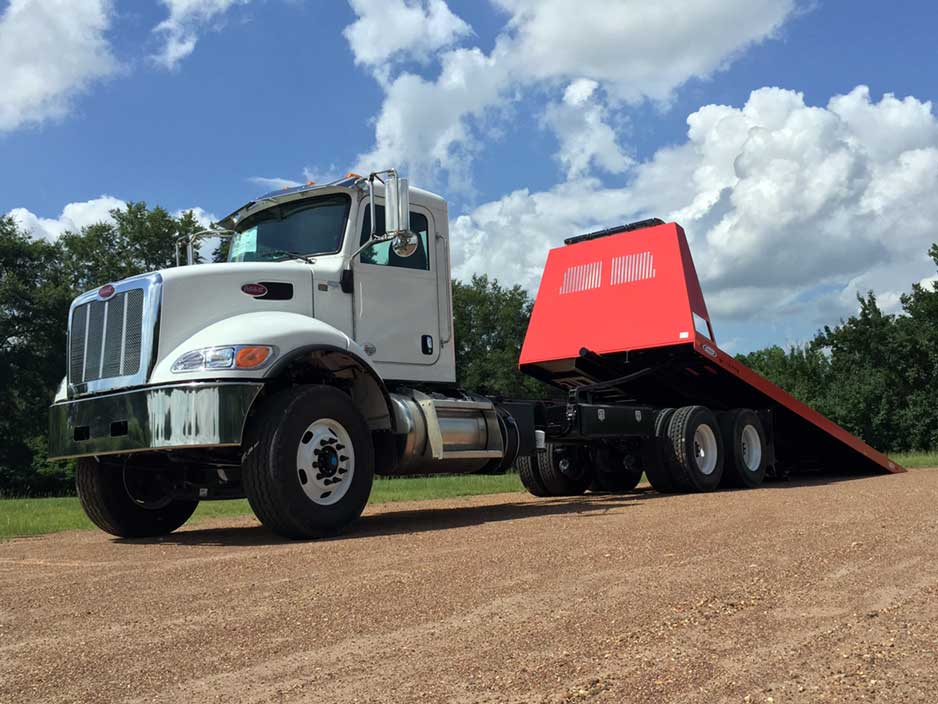
Footprint
Where you load and unload matters too. A Rollback bed slides back, so you’ll need extra space behind the truck. The HydraTail lifts instead, which means it takes up less room on the ground. That makes a difference in tighter areas, like busy city streets or cramped yards.
Still unsure which one is right for you? Reach out to our sales team. We’ll learn about your job and help you pick the right truck to get it done.


